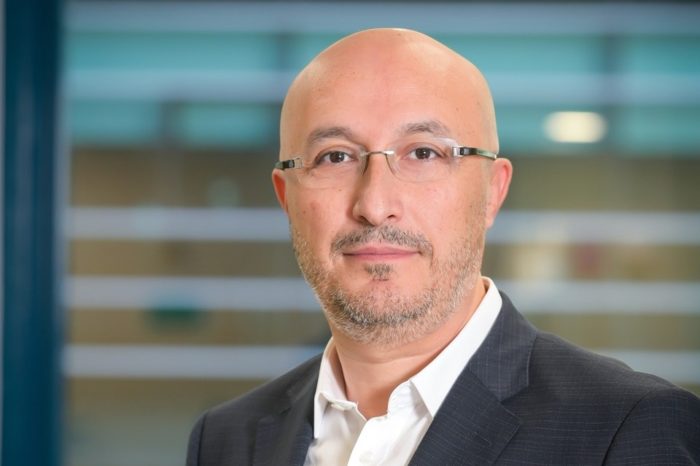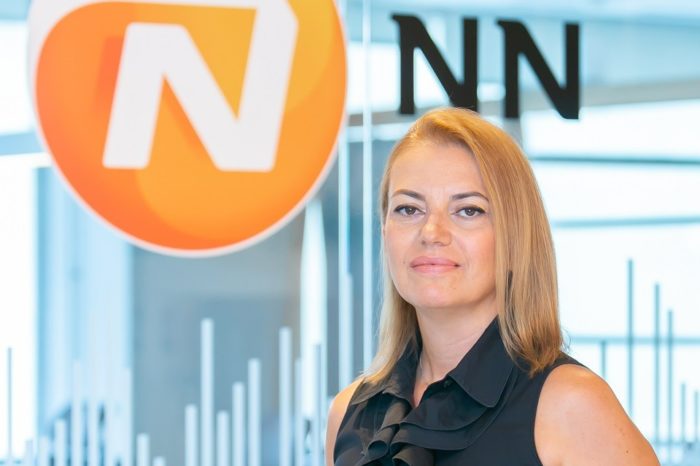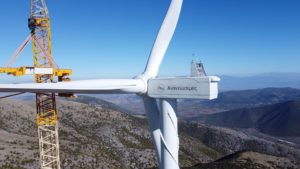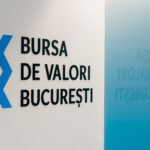Romanian capital market has fully recovered from the decline caused by the war in Ukraine
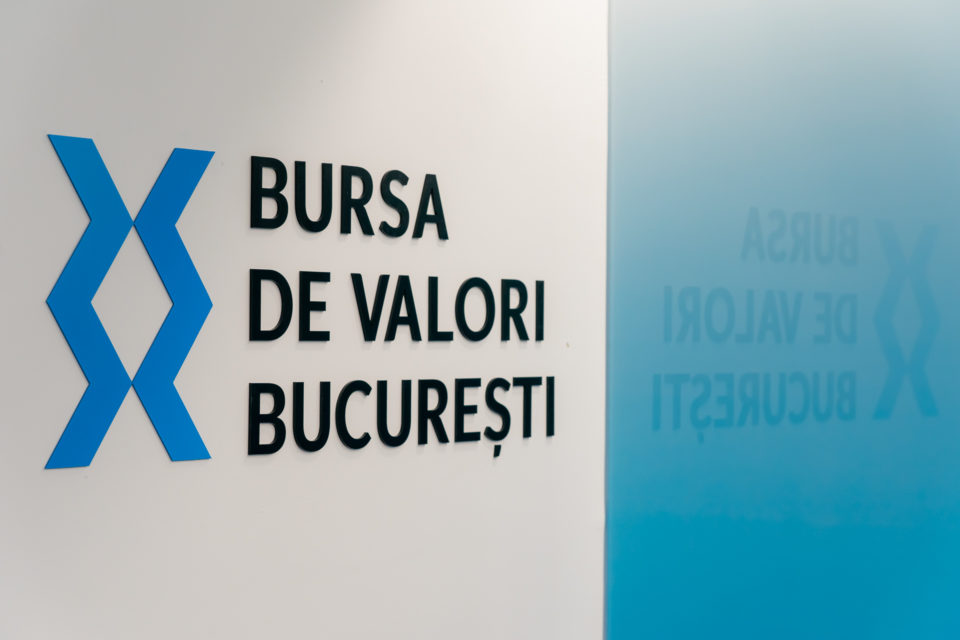
The volatility that engulfed the international capital markets at the beginning of the year continued to make its presence felt throughout the first semester, at the end of which most stock indices were in negative territory. The anxiety of international investors was accentuated in February and reached new heights following the outbreak of the armed conflict between Russia and Ukraine.
At the end of February, the Romanian capital market went down by 3.61 percent in the case of BET and BET-TR, an index that also includes dividends. This decline was in line with the evolution of the indices in the developed markets: -3.14 percent for US’s S&P500 and -3.36 percent for Europe’s STOXX600 indices. Subsequently, until the end of the first half, the Romanian capital market decoupled from this downward trend. At the end of June, the Romanian capital market returned an increase of 0.8 percent, through the lens of the BET-TR index, and thus fully recovered the decreases caused by the war in Ukraine. By comparison, the total return variants of the S&P500 or STOXX600 indices decreased by 20 percent, respectively 14.6 percent at the end of the first 6 months. The international indices of total return type such as FTSE Emerging Markets or MSCI Frontier Markets – indices in which Romania is also included – were in negative territory with -14.8 percent, respectively -20.5 percent.
Other external risks related to the evolution of the coronavirus pandemic, rising inflation, rising interest rates, rising energy prices, supply chain dysfunctions as well as fears of a possible recession in developed markets are still factors that can significantly influence the activity in capital markets. In such a context, the capitalization of Romanian companies remained at the level recorded at the end of last year: RON 141 billion or EUR 28.5 billion.
„Romania has proven to be a pole of stability in the region. Capital follows the opportunities where they appear and the capital market in Romania has demonstrated its attractiveness among local and international investors. This fact is strengthened by the continuation of the upward trend of the listings of Romanian companies on the stock exchange and by the extension of Romania’s representation on the radar of international investors. The results for the first 6 months show us that the investors who trusted Romania had un upside potential. Opportunities and threats are always present in capital markets, which are currently going through a complicated context because there are multiple factors that are difficult to quantify in the short term. The fact that Romania has positioned itself better compared to other indices or other markets is not a guarantee for the future, but it is an image that captures the evolution of the market at a given time and this image is relevant for investors when deciding where to allocate capital”, said Radu Hanga, President of the Bucharest Stock Exchange.
„The first half of the year was intense for the international capital markets, not only for Romania. Strong episodes of volatility contrasted with sessions where the investment activity was reduced. We could also observe these phenomena on the Bucharest Stock Exchange, but we found that the Romanian capital market reacted maturely, and investors identified here opportunities to preserve or increase capital, which made Romania an attractive investment destination. We expect volatility to continue to be present in the second half of the year. One of the characteristics of the capital market is that it is an efficient market, and supply and demand correct the discrepancies that occur, but the amplitude and frequency of these adjustments cannot be predicted. That is why for Romanians who want to invest their savings in shares and bonds listed on the local stock exchange, investing recurrently, diversifying among asset classes, and adopting a long-term investment perspective are key elements that can produce very good results with a minimum of effort”, said Adrian Tanase, CEO of the Bucharest Stock Exchange.
The investment activity from BVB was heightened in the first quarter only to slow down in April and May when it comes to the daily average trading values. For example, in the equity segment for the shares listed on the BVB’s Regulated Market, January posted the highest average daily trading value, of over RON 100 million, while April saw the lowest average daily value, of RON 27 million. Overall, during the first half of the year, the investment activity was robust on BVB, with an average daily value of over RON 60 million for the equity segment. Taking into account all types of financial instruments, the same indicator shows a level of RON 109 million (EUR 22 million), increasing by 60 percent compared to the first 6 months of the previous year. The total trading value of all types of financial instruments exceeded RON 13.5 billion (EUR 2.73 billion) in the first half of this year. The investors operating on BVB became much more active in January-June this year and introduced 56.8 percent more sell-buy orders than in the same period last year. Thus, at the level of the first six months of the year, over 824,000 transactions were performed.
Romania has become increasingly visible internationally and has been present, since June 20th, with 12 companies in the Russell FTSE index dedicated to emerging markets. The 12 companies are: Banca Transilvania, Nuclearelectrica, OMV Petrom, TeraPlast, One United Properties, MedLife, Transport Trade Services, Purcari Wineries, Conpet, IMPACT Developer & Contractor, Sphera Franchise Group, and Aquila.


